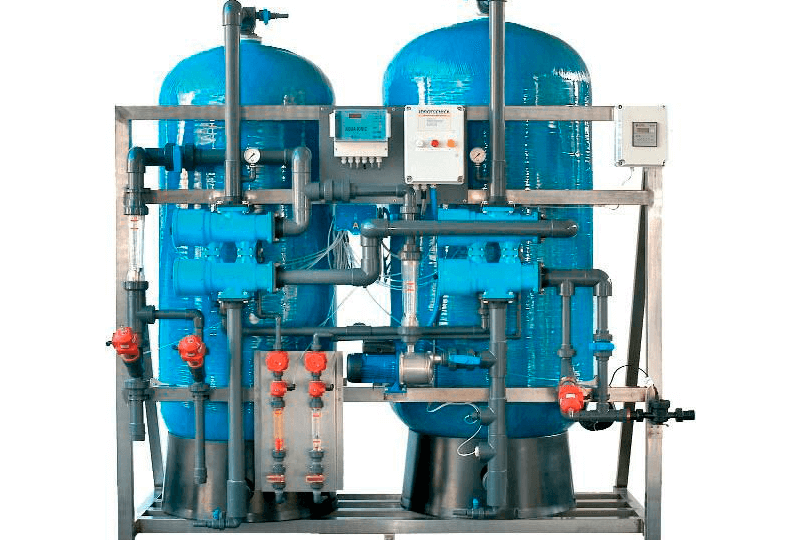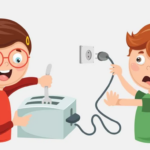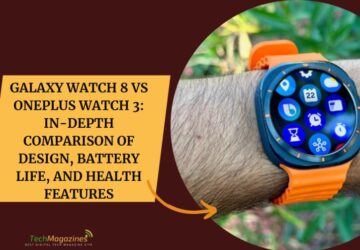Water softeners remove hardness-causing minerals like calcium and magnesium from your home’s water supply but may add sodium particles that could pose problems if you follow low-sodium diets.
Hard water enters your water softener through an orifice where a bed of resin beads charged with sodium ions (anions) percolate through it, permeating through and passing over negatively charged beads, drawing in positively charged calcium and magnesium cations from your water, which the resin captures before returning it out into circulation.
Check out this article for more details that you can use to better understand water softeners and their effects.
Ion exchange
Traditional water softeners are salt-regenerated ion exchange systems designed to remove hardness-causing minerals such as calcium and magnesium from your home water and replace them with sodium.
They do this by filtering it through resin beds infused with sodium ions that “exchange places” with those present, returning through a discharge line back into your supply of drinking water.
This process relies on fundamental physics – similar charges repel while opposite charges attract, similar to deionization, only on much larger scales.
One drawback to using an electric water softener is that it adds sodium to your water; resin beads release small amounts when they engulf hardness-causing minerals and softeners. However, this amount represents only around two percent of daily sodium consumption per quart of water.
This type of water softener can also be used with different kinds of salt than table salt, providing another way for those concerned with sodium consumption to lower it through their diet.
Potassium chloride, for instance, can be added into an ion exchange system to lower the sodium content of your water supply – however, it should be remembered that resin will eventually lose its ability to exchange ions; this phenomenon is known as exchange capacity loss.
Salt
Water softeners use resin beads soaked with sodium to change calcium and magnesium ions found in hard water with softened water, providing numerous advantages such as less soap residue, brighter laundry loads, freedom from scaly deposits in pipes and showerheads, reduced salt consumption for cooking purposes and even lessened soap residue.
It’s crucial to remember that water softeners should not add more than three tablespoons of sodium to your daily intake, which you should constantly watch. If this becomes an issue for you, reverse osmosis systems can reduce it significantly.
If your softener seems to be using more salt than expected, check that the float in the brine tank is set properly for its type of softener. For instance, switching from pellets to solar salt could mean that lowering salt levels is necessary due to differences in bulk density.
Be sure only to use high-grade salt, such as Rayne Spartan Series. Rock salt, commonly used to melt ice on sidewalks, should be avoided as it leaves behind contaminants that could potentially harm your softener.
For optimal softener maintenance, empty all contents from the salt holder into the yard away from plants before refilling the tank with sand and gravel for clean runoff.
Mineral tank
The mineral tank is a tall, narrow tank filled with porous plastic polystyrene resin beads with a negative charge. When hard water passes through it, its hardness minerals (calcium and magnesium) are replaced by sodium ions that possess weak positive charges on the resin beads, resulting in softened water being sent out for your consumption.
At some point, the resin will become saturated with calcium and magnesium and require regeneration for its recharge. The control valve reverses water flow through the mineral tank, flushing resin beds with salt solution from brine tanks to flood them out and replace hardness minerals with fresh supplies of sodium ions.
Once the salt solution has washed over the resin, any excess calcium and magnesium is flushed down your sewer or septic system drain and out of the mineral tank into its respective drainage system for disposal. Subsequently, brine solution from the salt tank back-flushes the mineral tank before repeating this process.
Some water softeners use template-assisted crystallization technology. Instead of extracting hardness minerals from the water, this form alters them physically so they do not adhere to one another or create scale in pipes and appliances. However, this type of softener may not be as effective at preventing scaling as its counterpart, an ion exchange system.
Regeneration
A water softener must periodically regenerate to keep functioning effectively. Regeneration involves flooding the resin tank with a salty brine solution to dissolve magnesium and calcium ions that have built up on resin beads; then, these ions are captured in the brine to leave you with clean drinking water that you can use throughout your home.
Control valves determine when the system should regenerate; this could be on a schedule or according to how much water is consumed daily. Some water softeners also feature demand-initiated regeneration for added convenience and time savings.
Water softeners can generally remove dissolved iron, but some ions will oxidize into ferric iron, which cannot be effectively washed away via backwashing. Ferric iron may leave staining behind on fixtures and plumbing parts and dark stains in bathtubs or sinks.
The best water softeners utilize deionization and other methods to improve the quality of your home’s water, helping your laundry come out bright and fluffy, dishes spotless, soaps lather effectively, and shampoos lather nicely. In addition, these devices can save energy while protecting appliances and fixtures against damage from hard water conditions.








